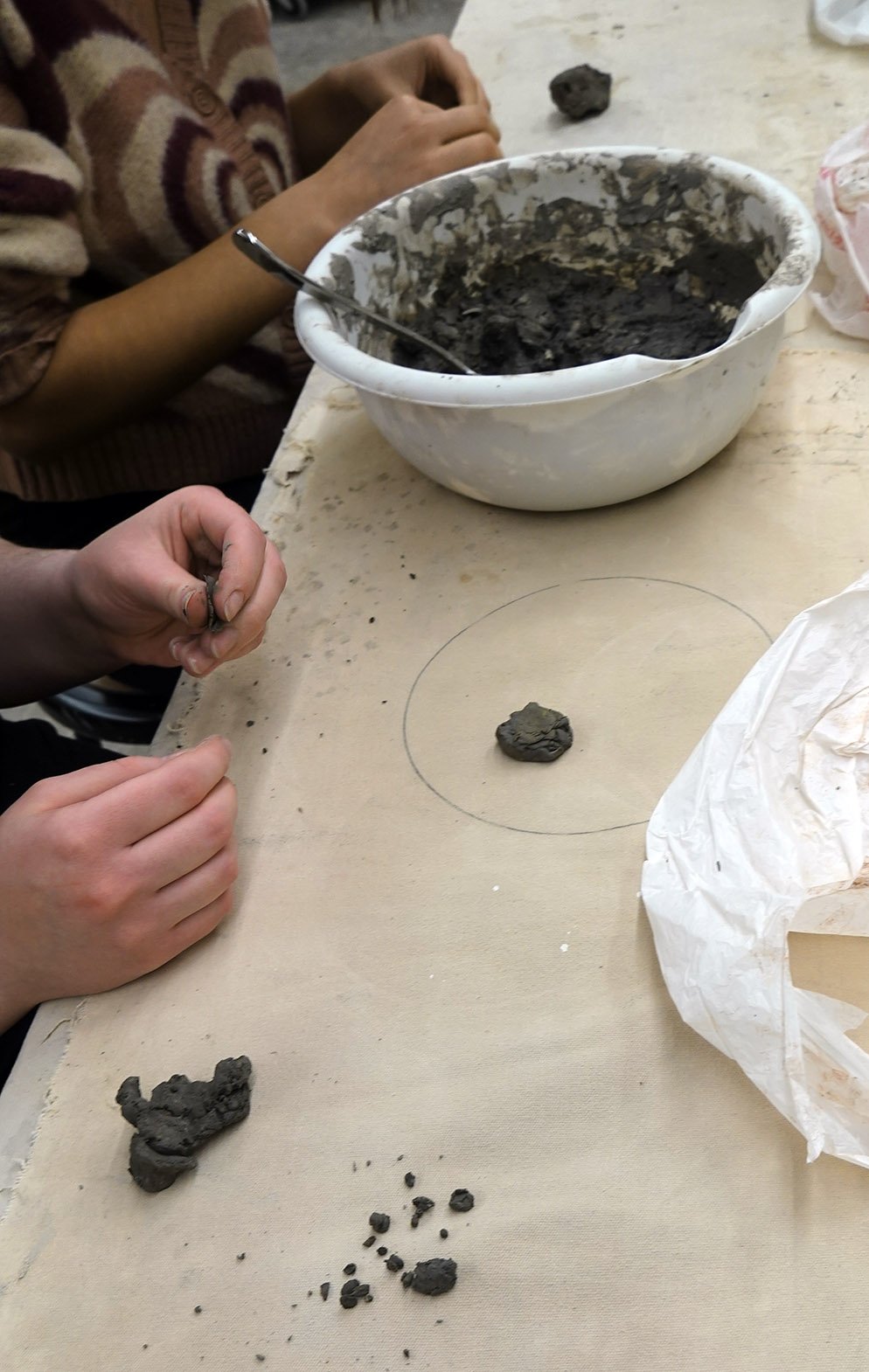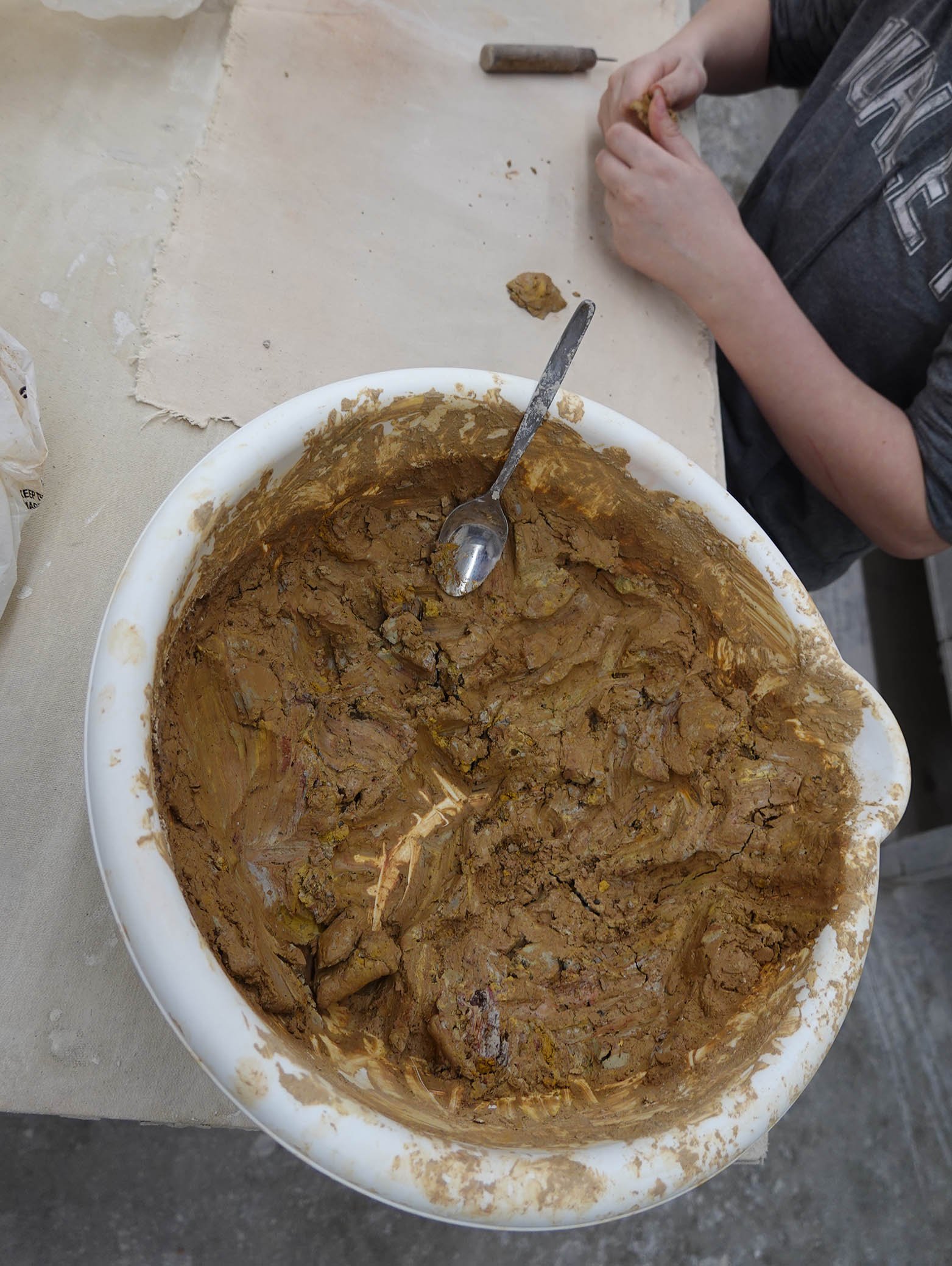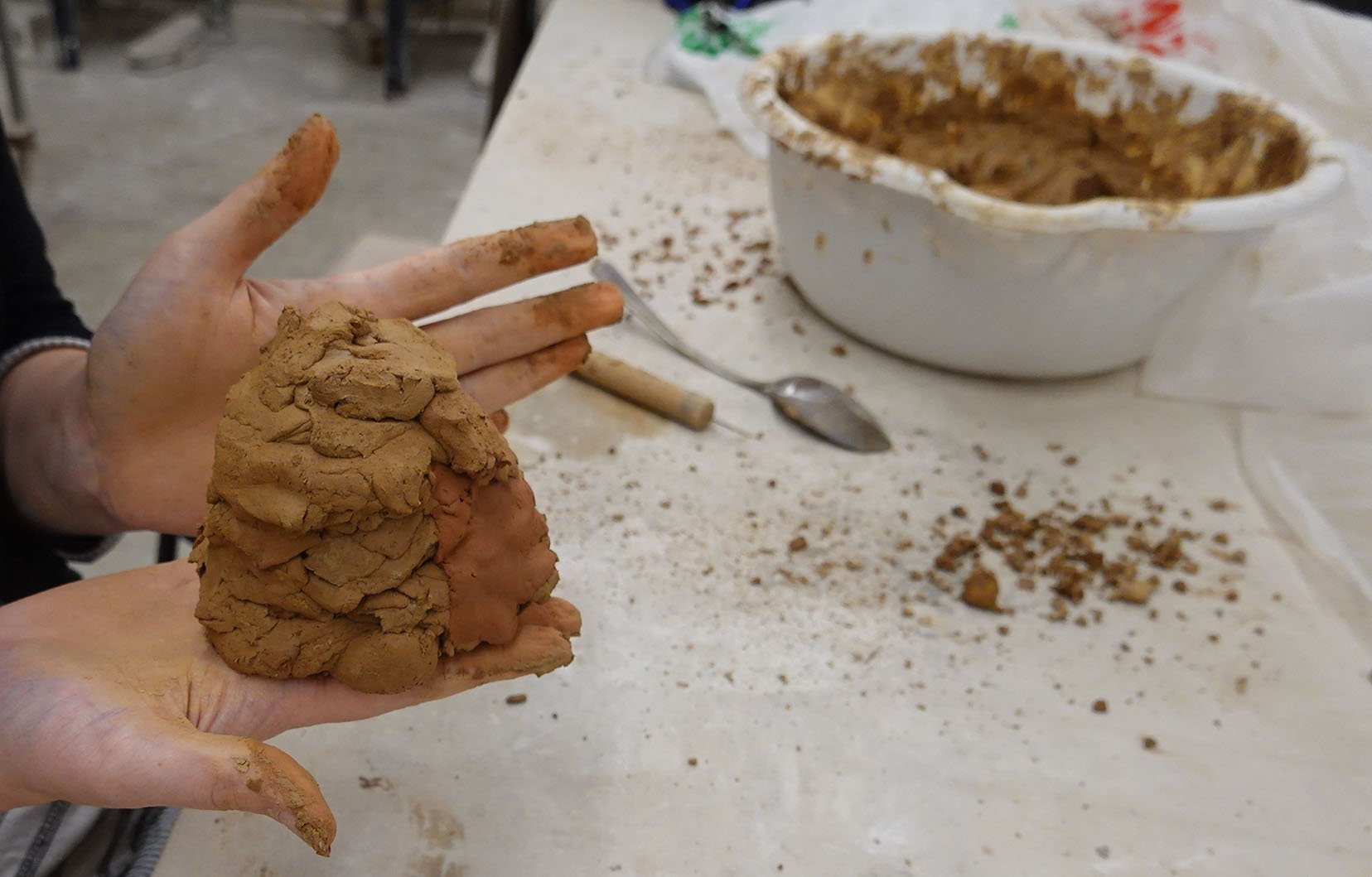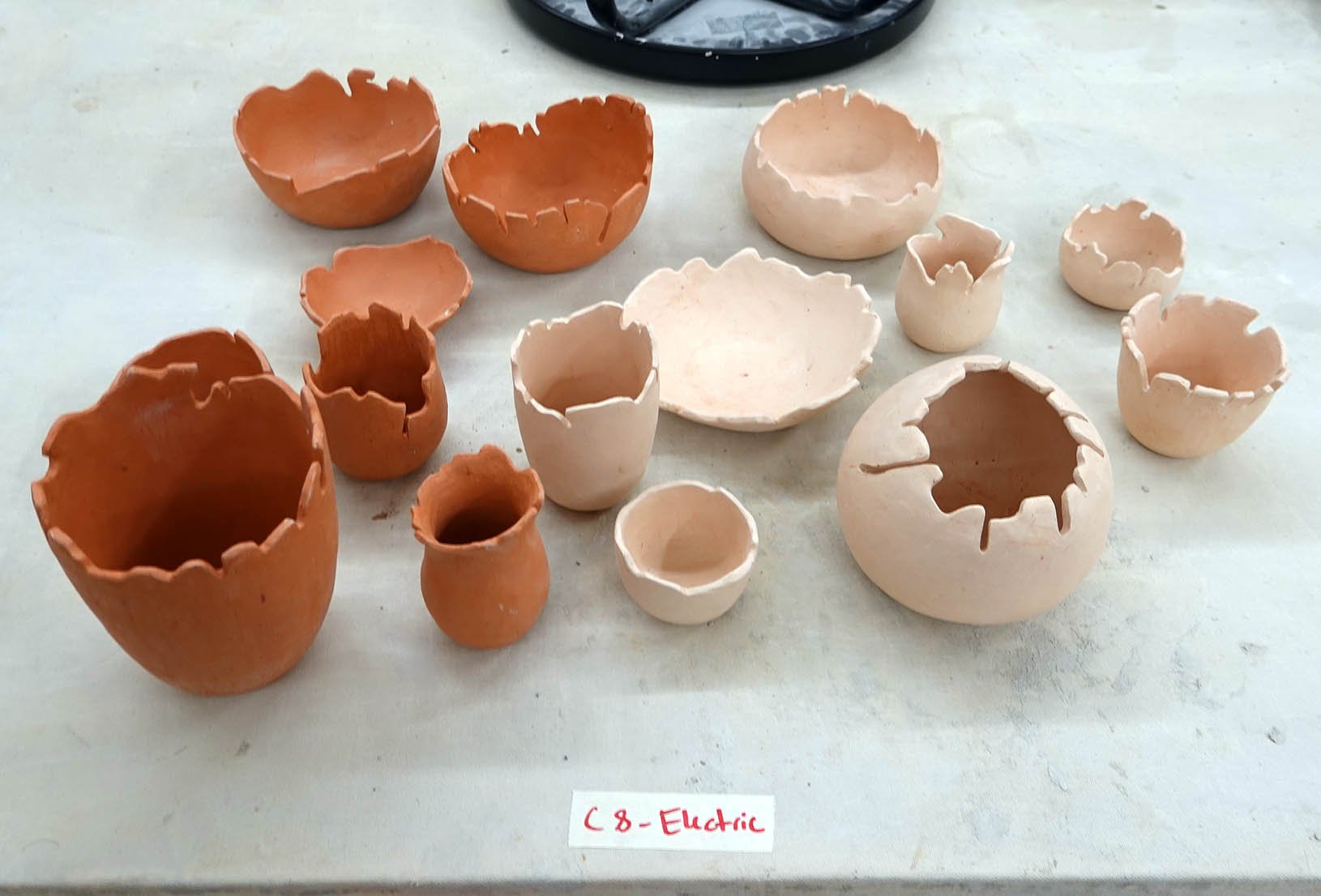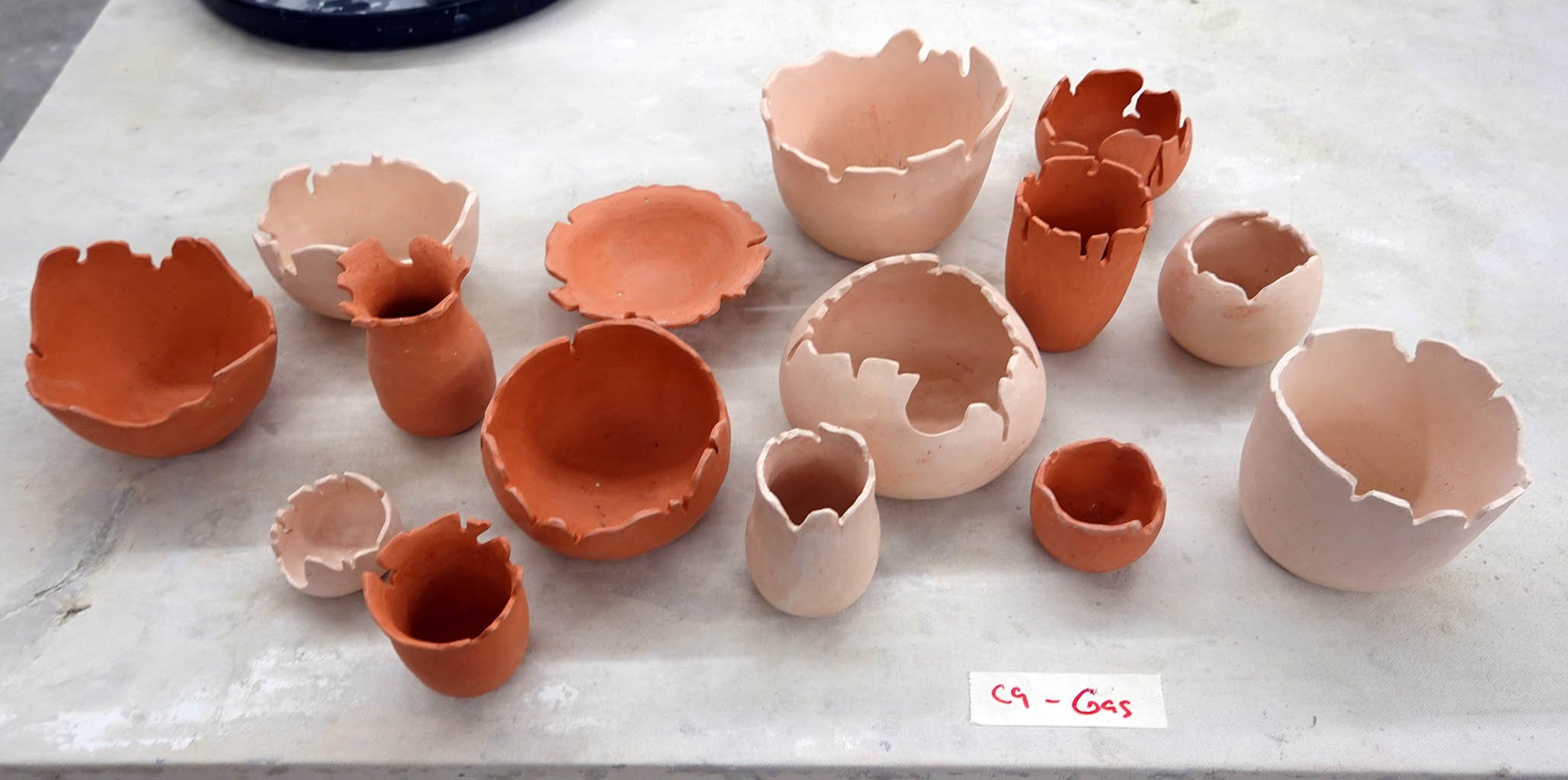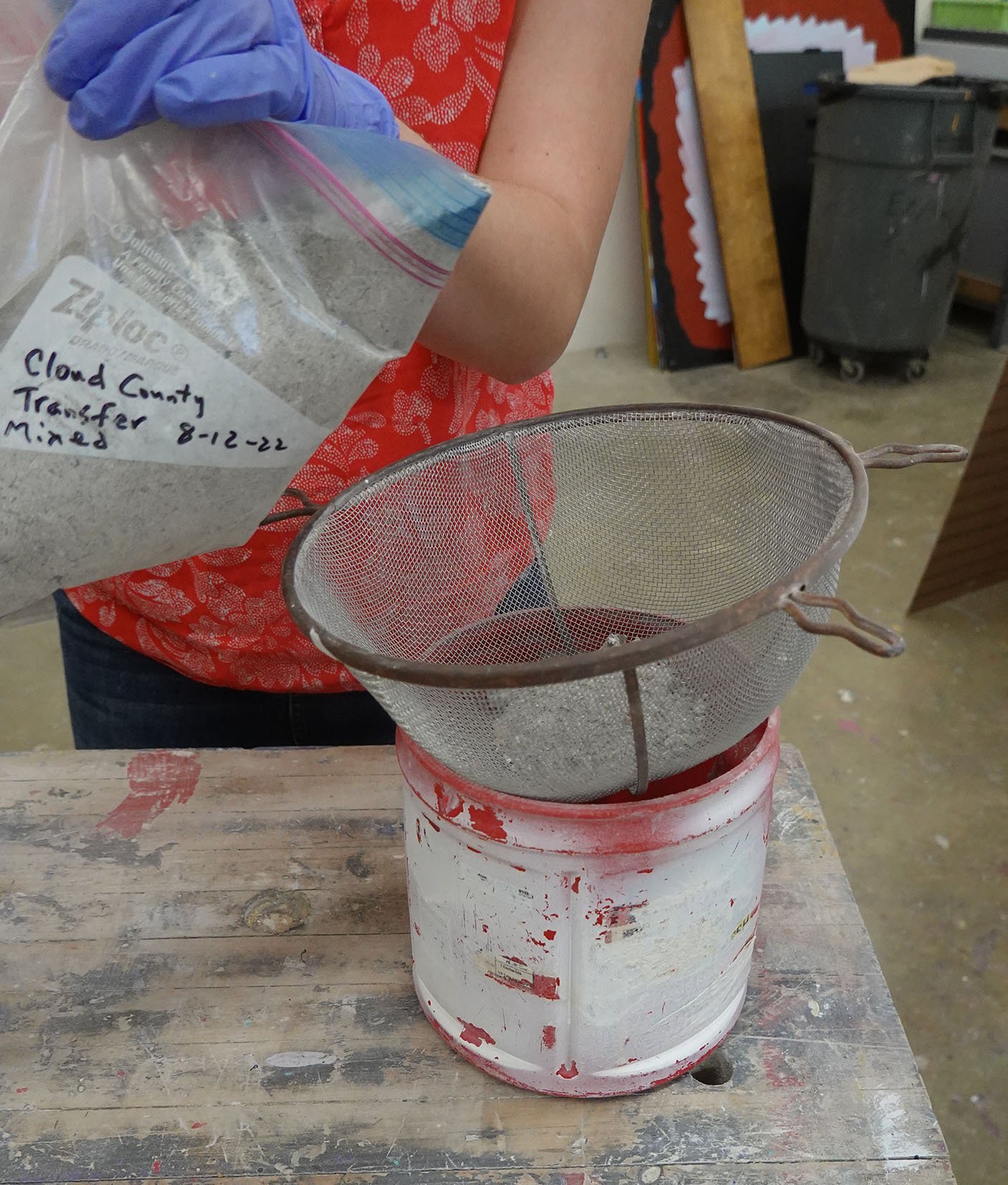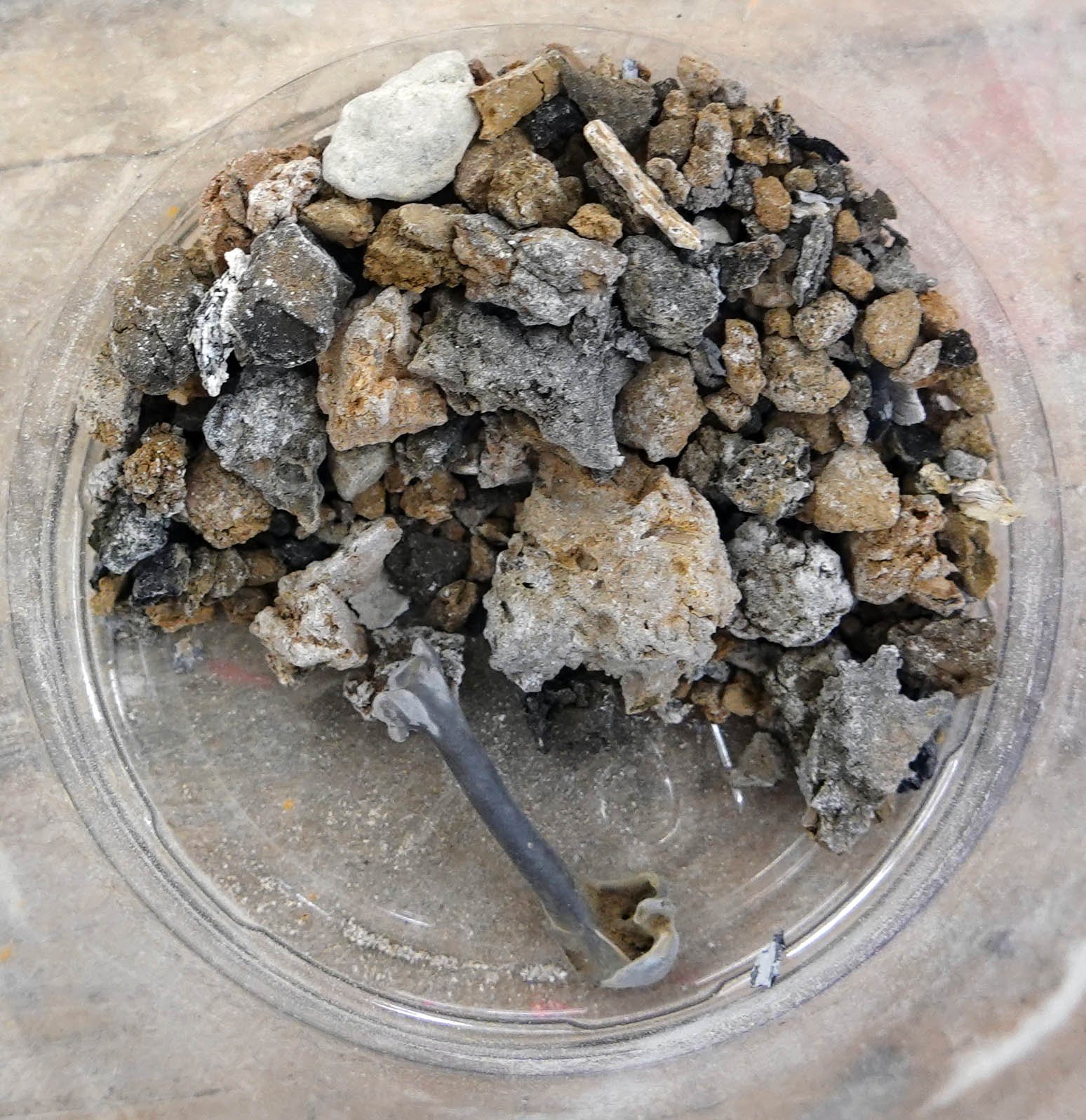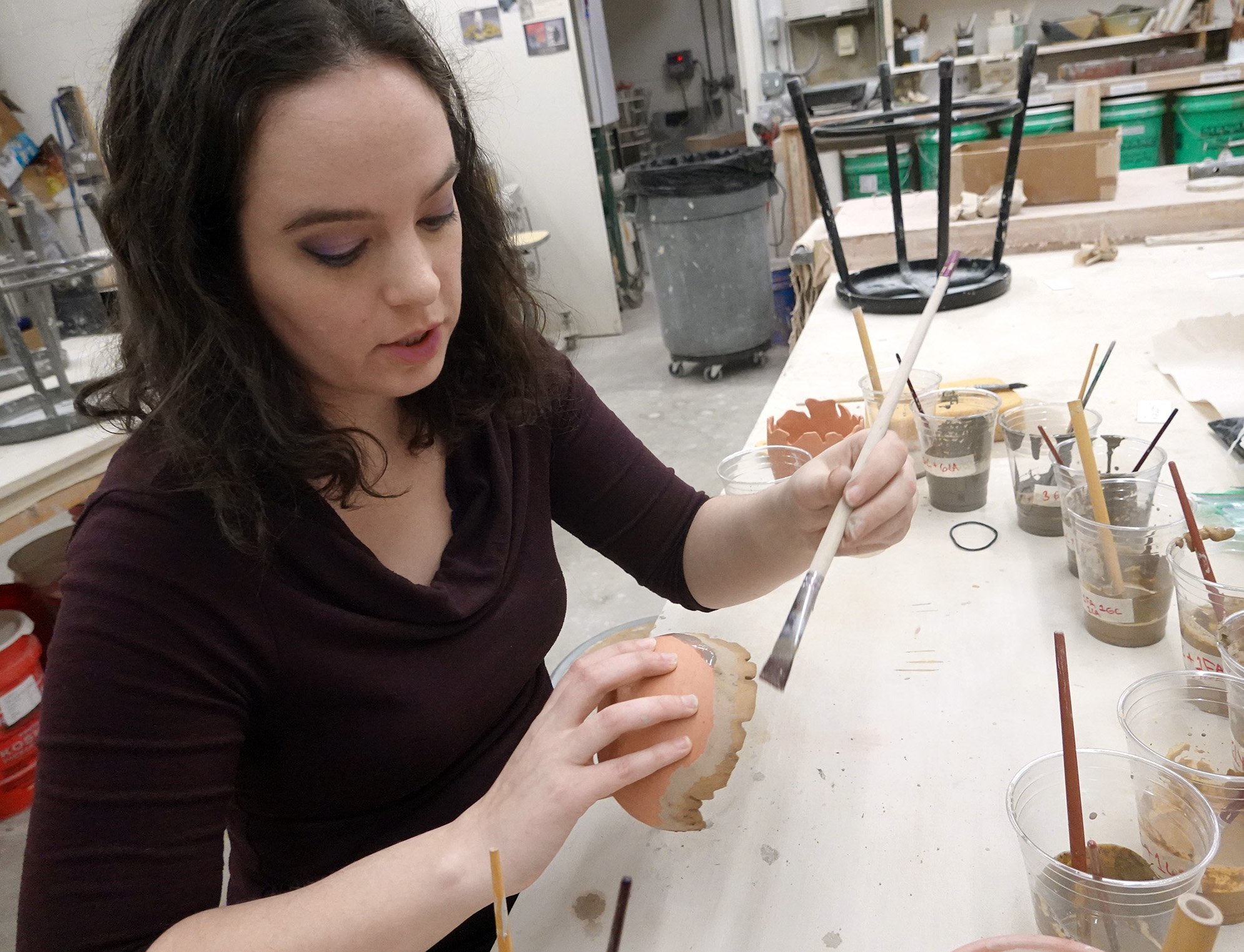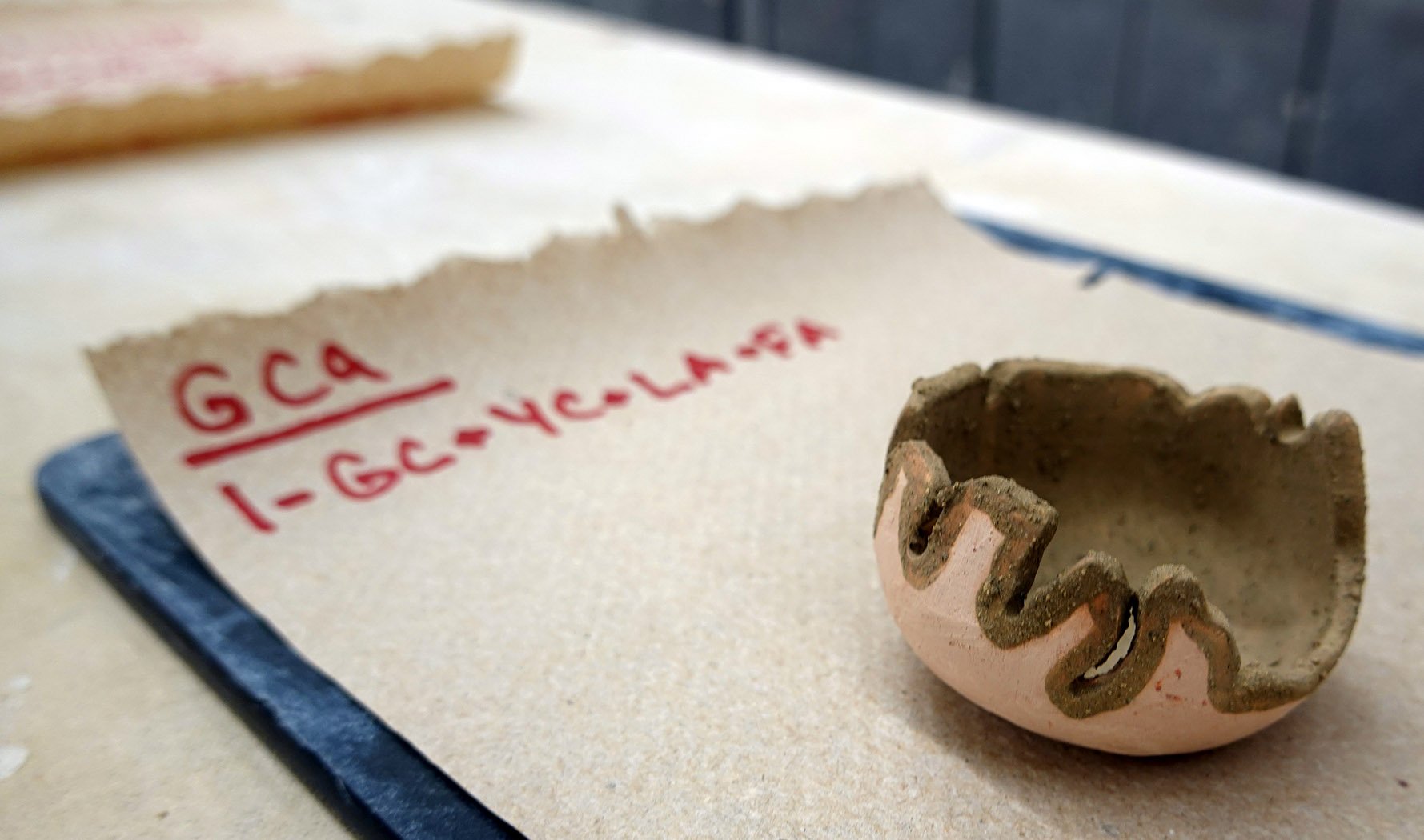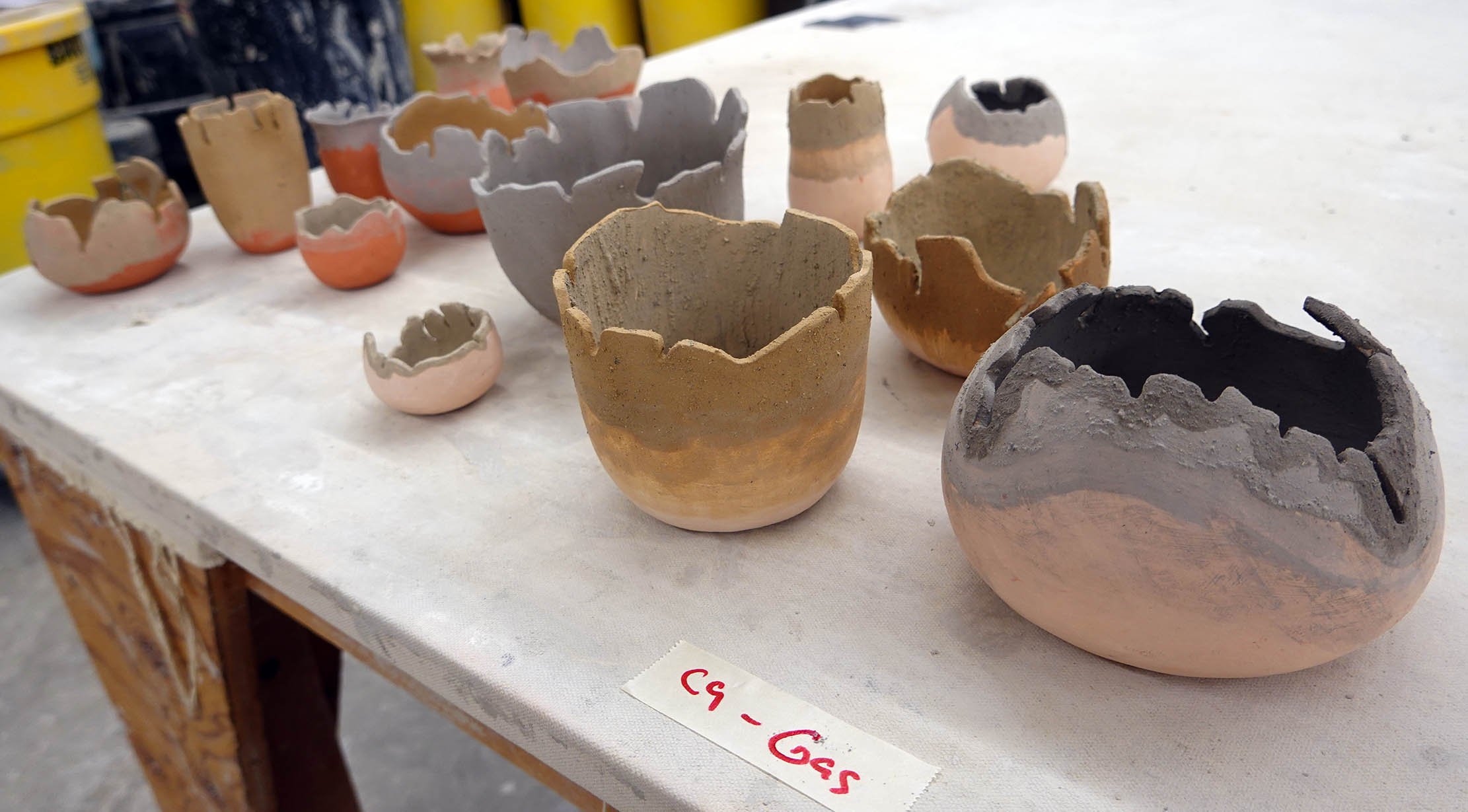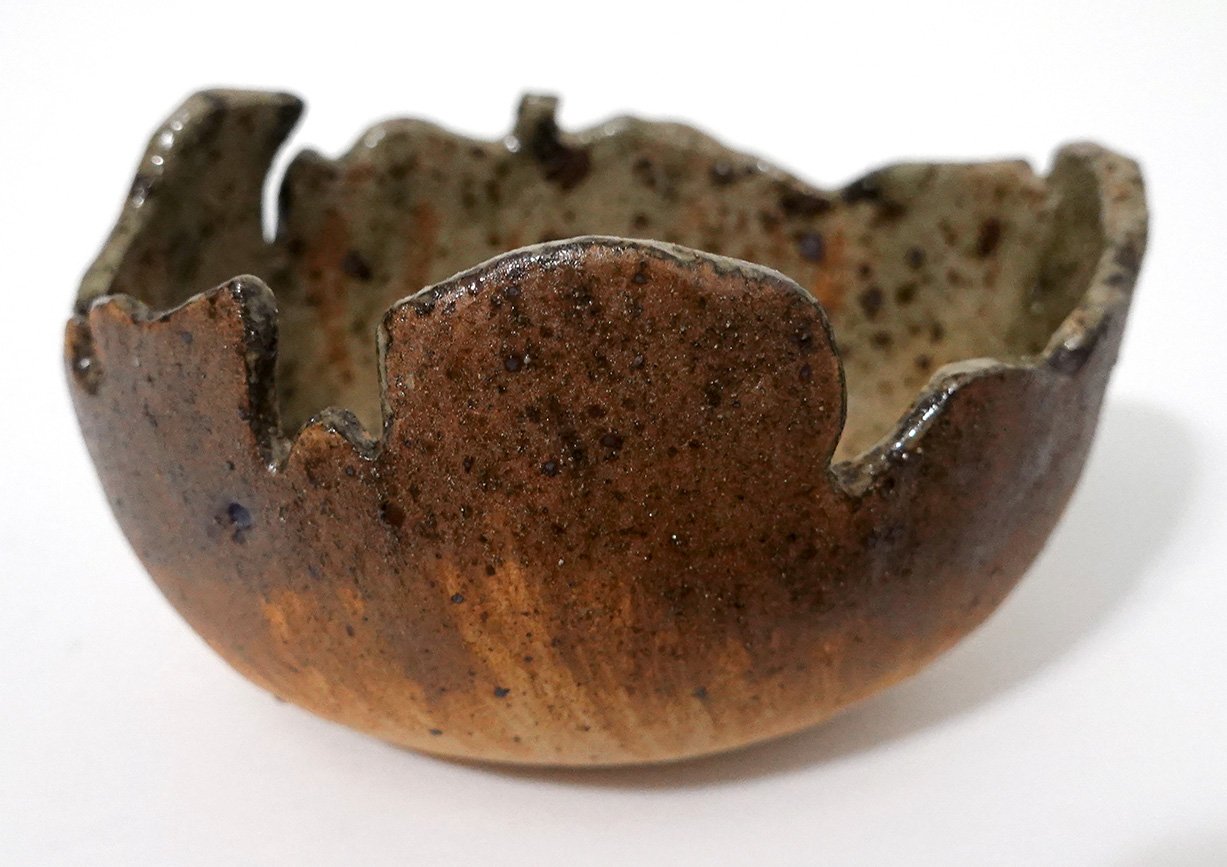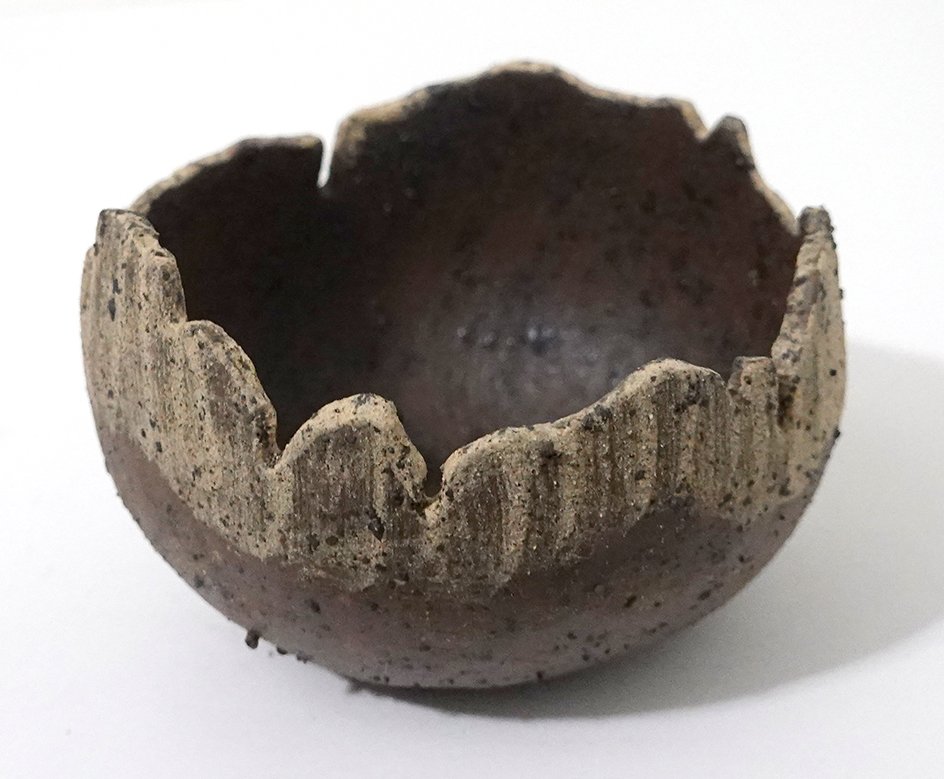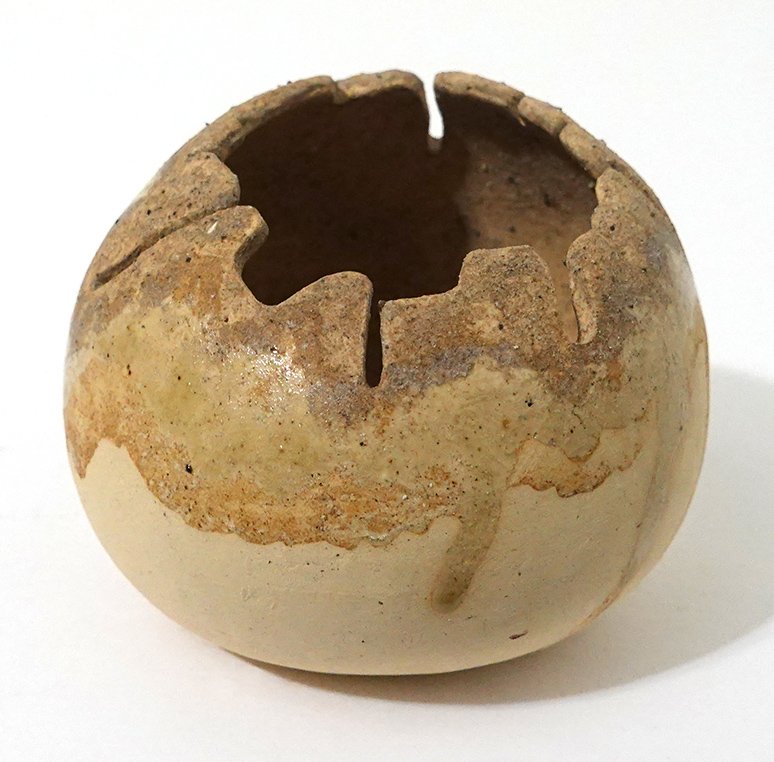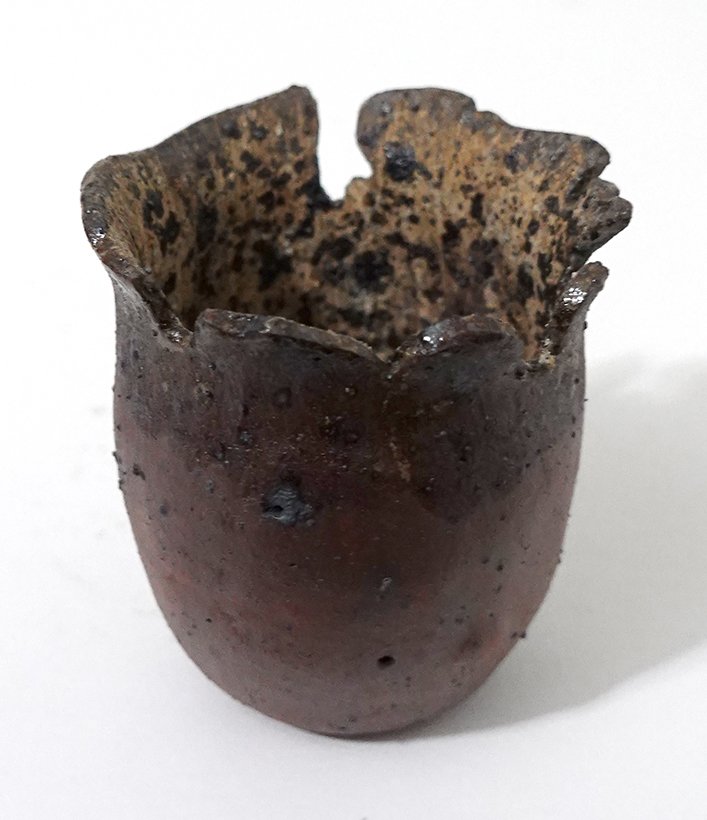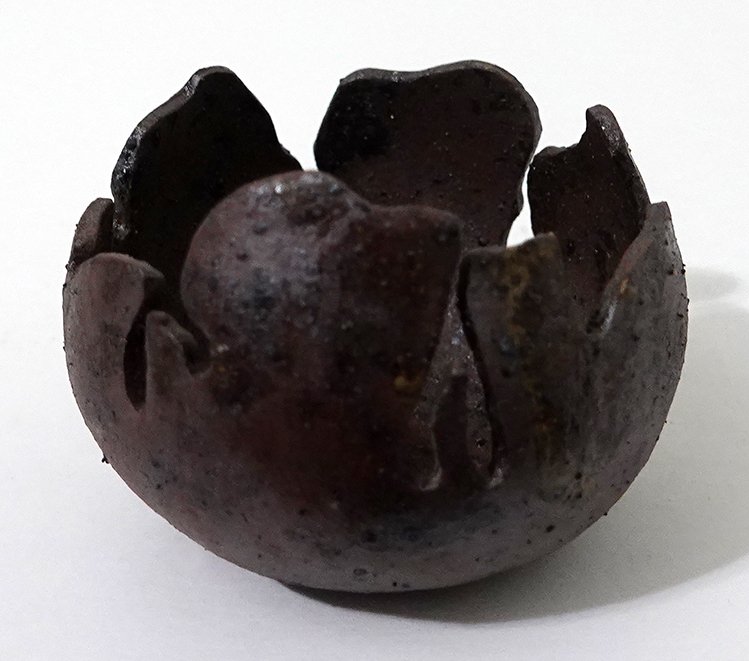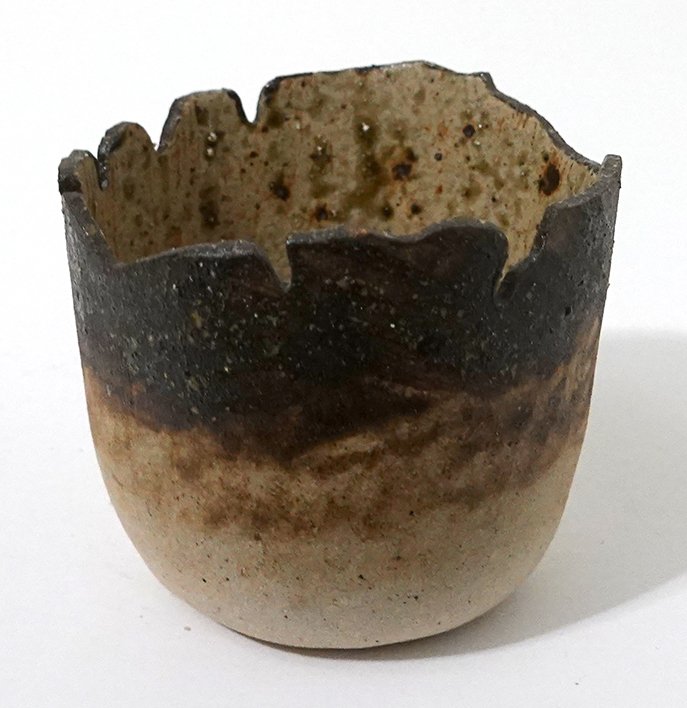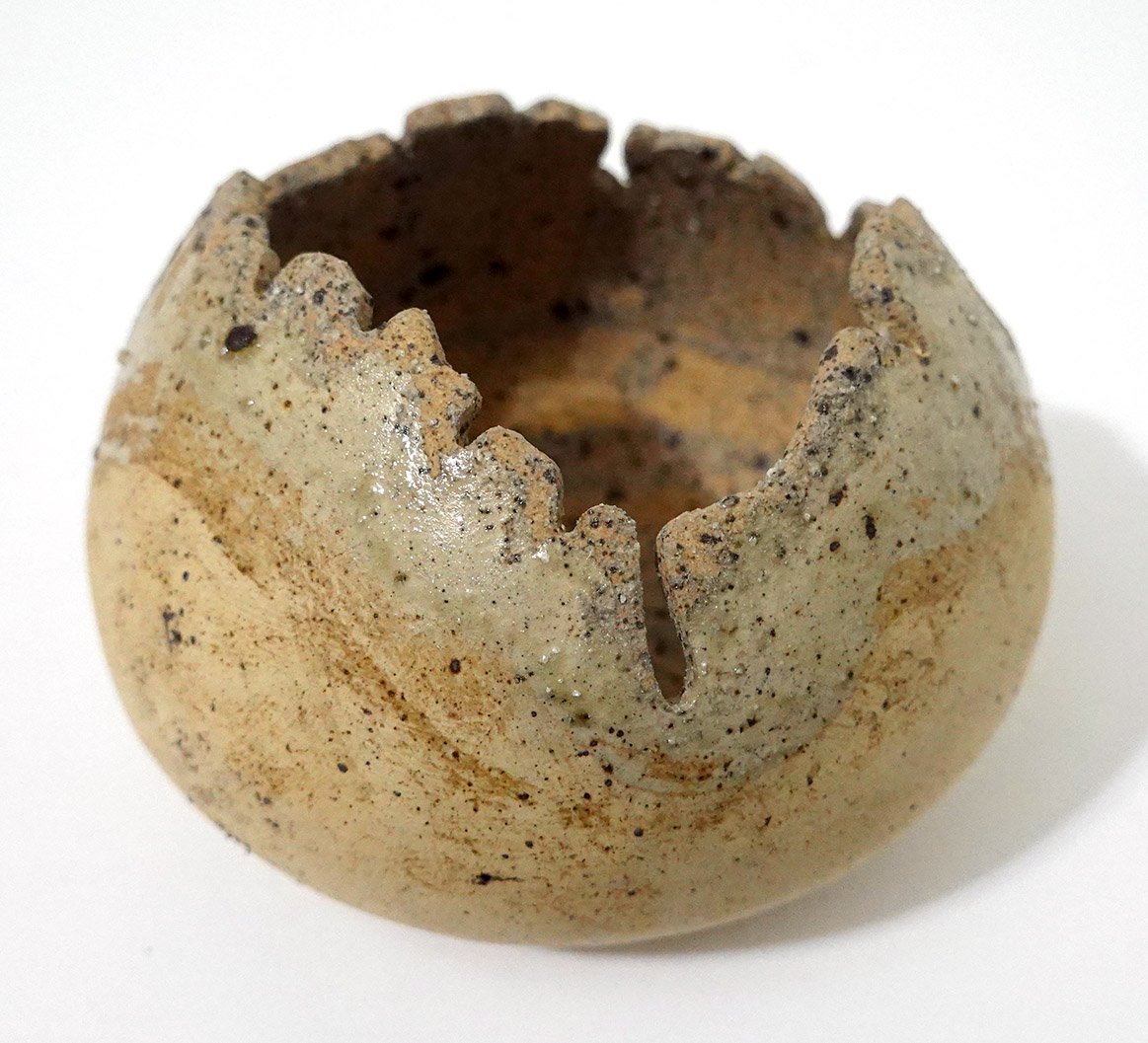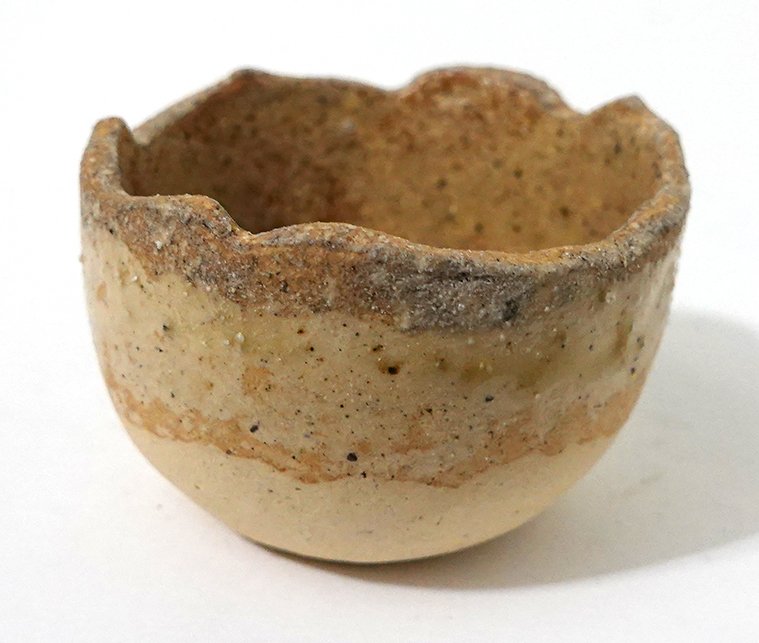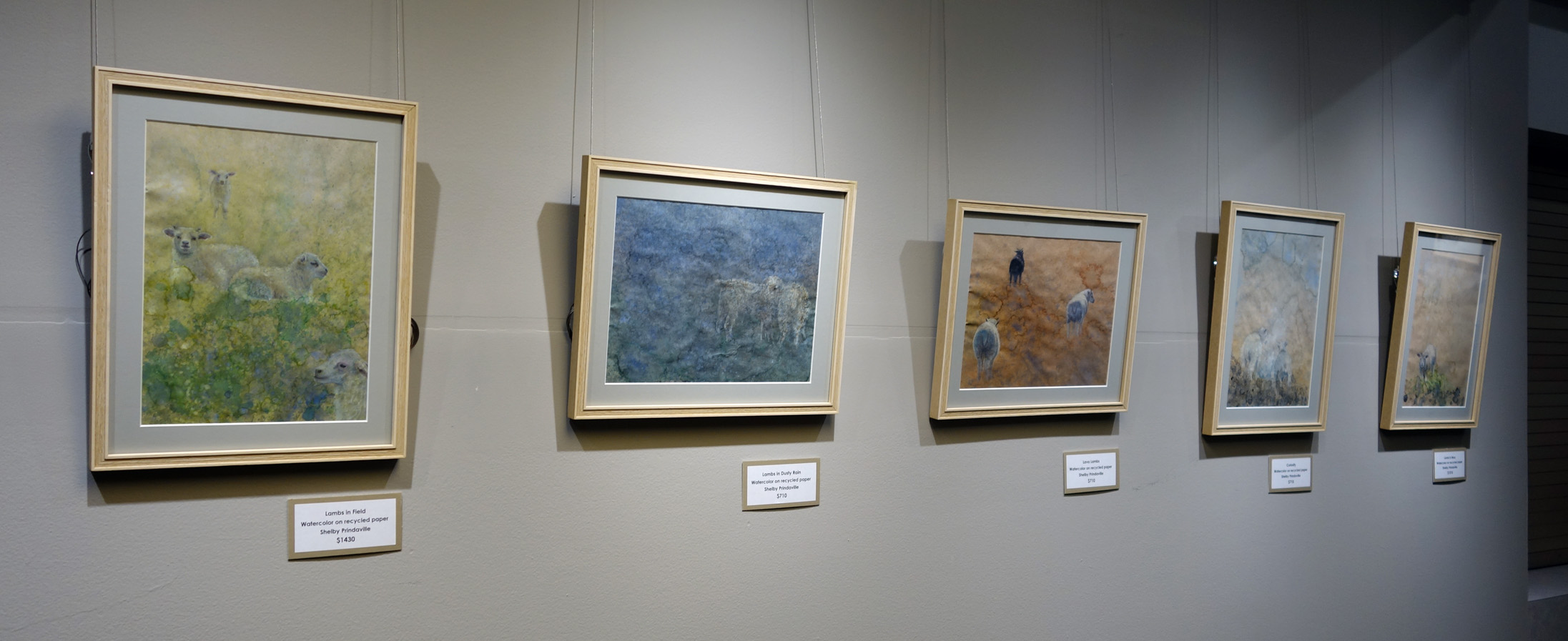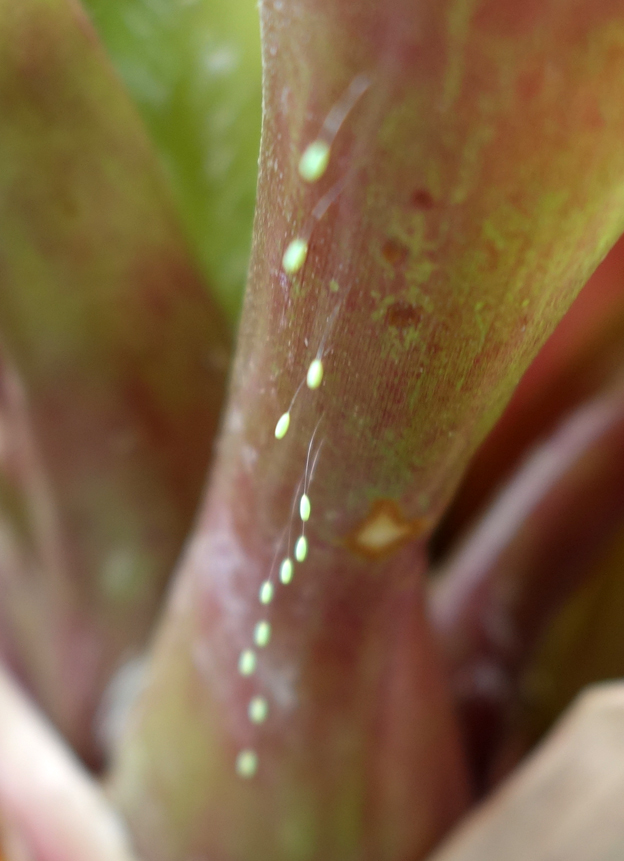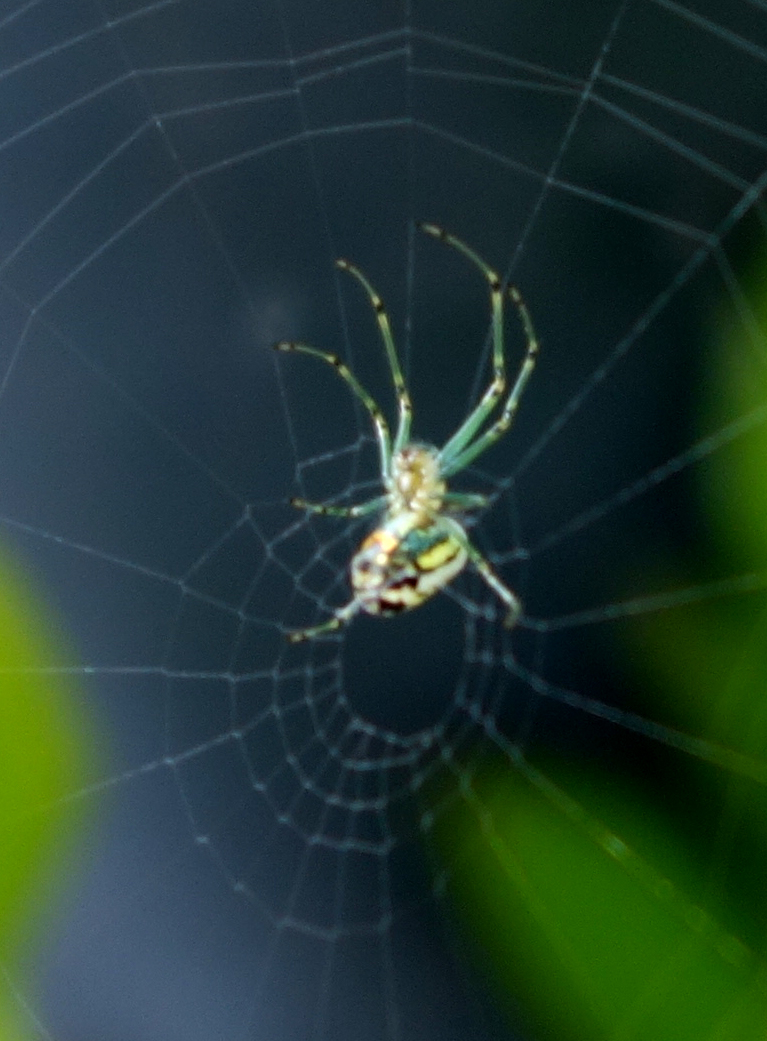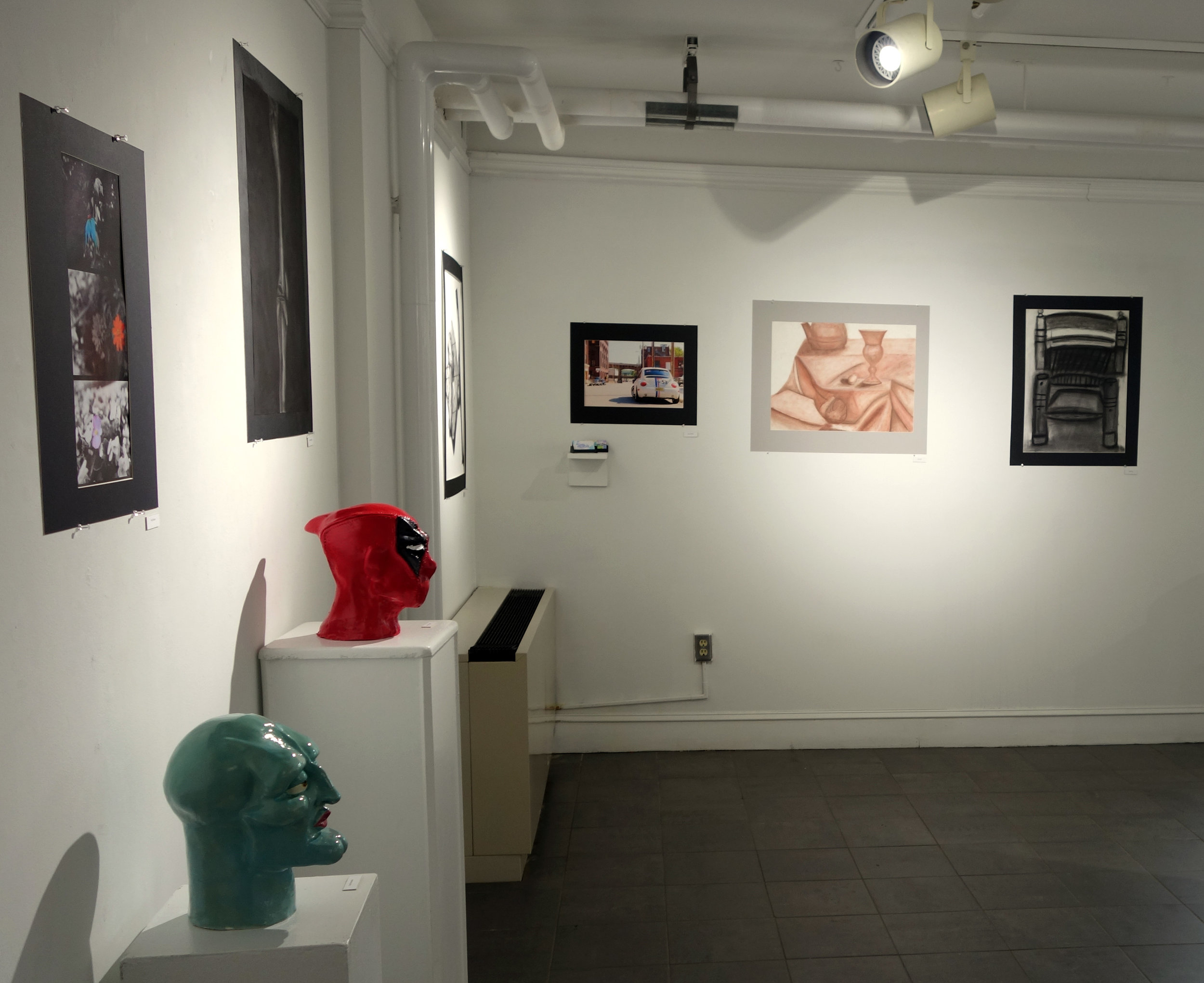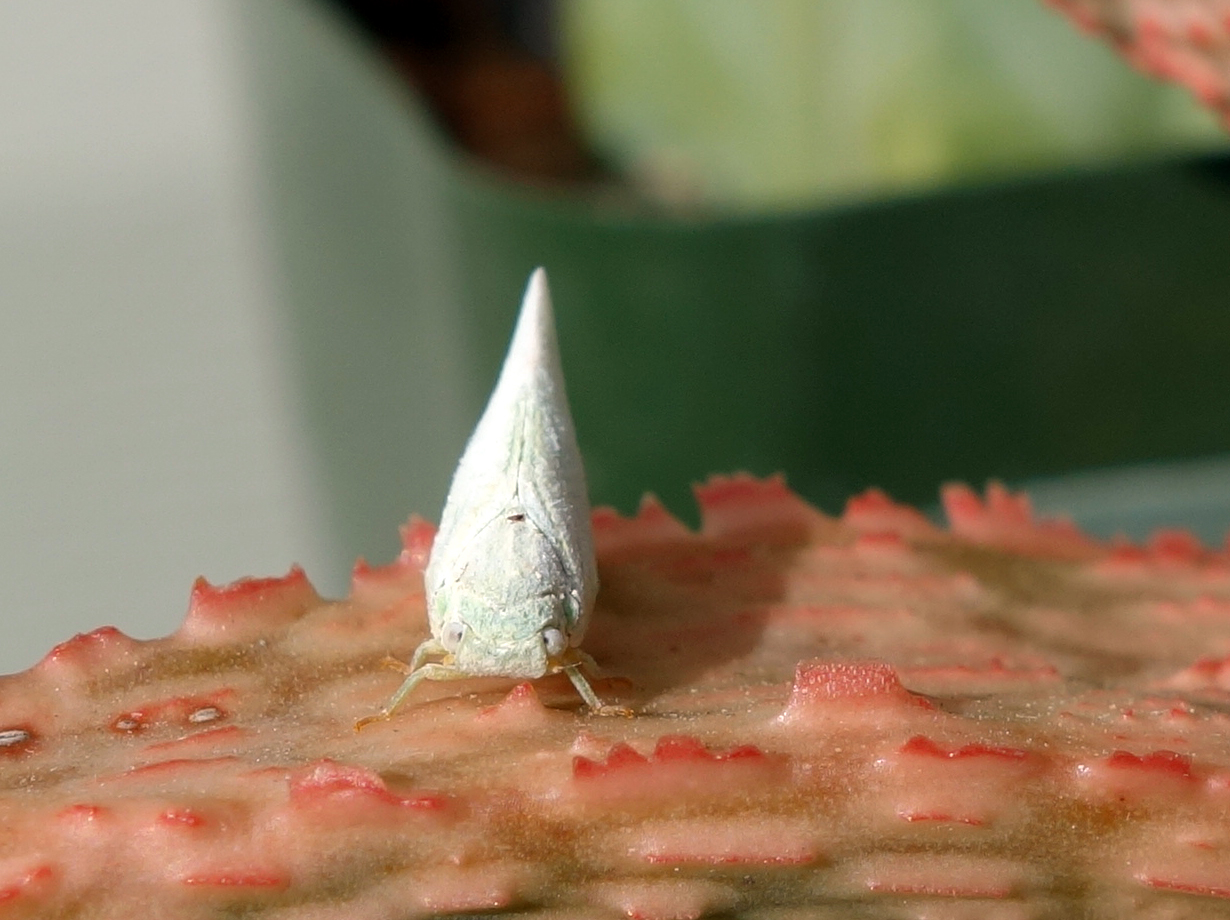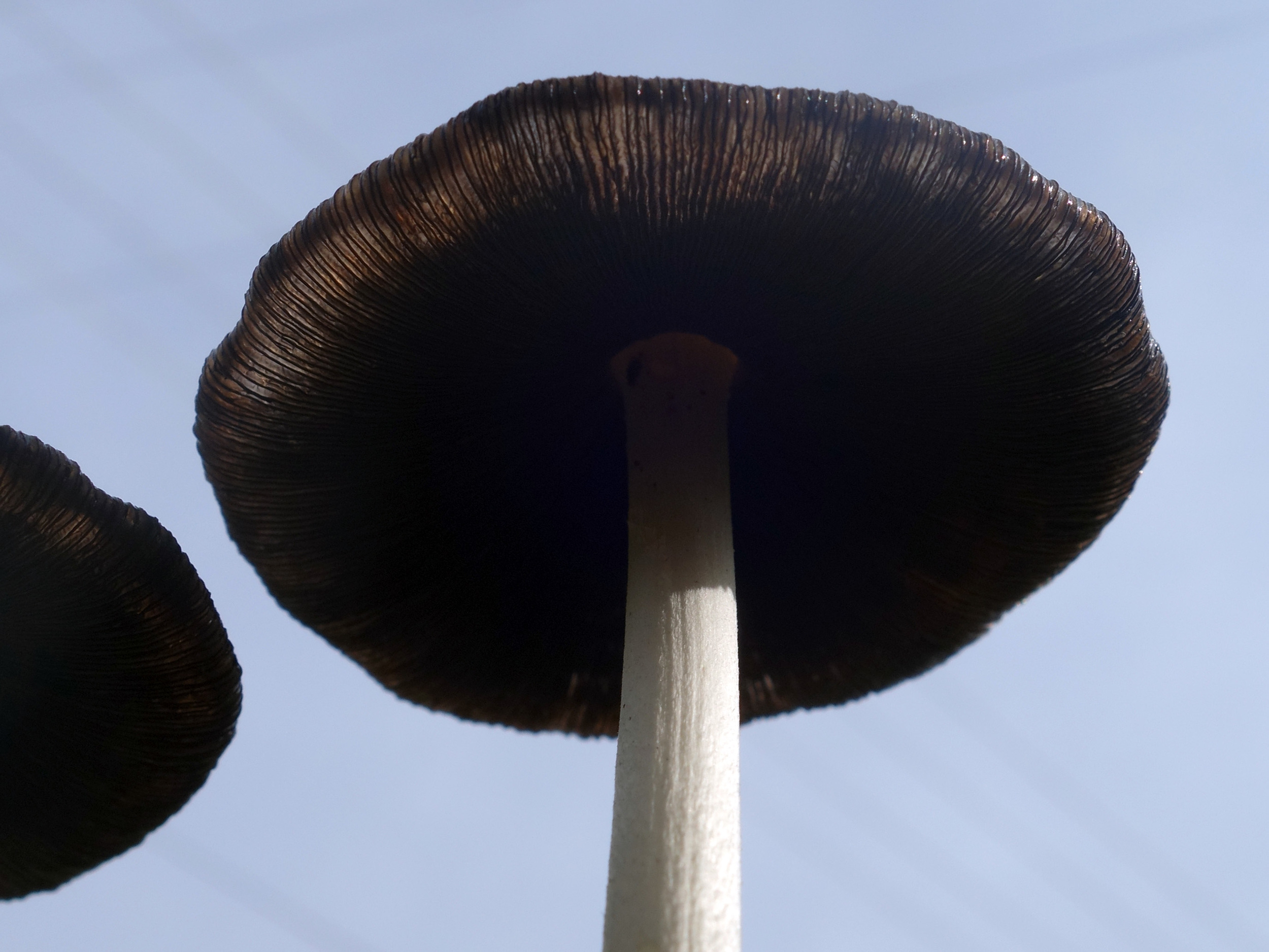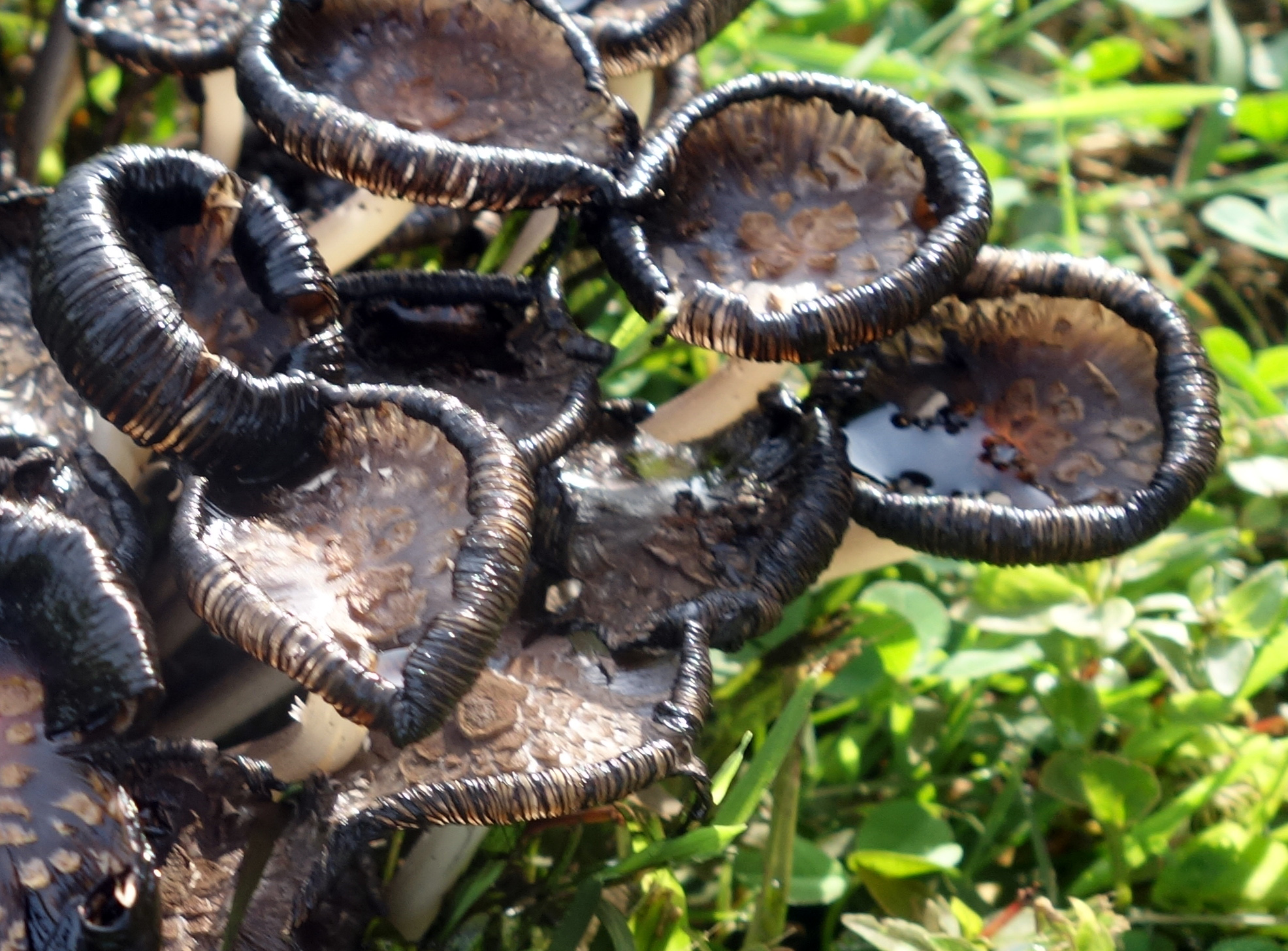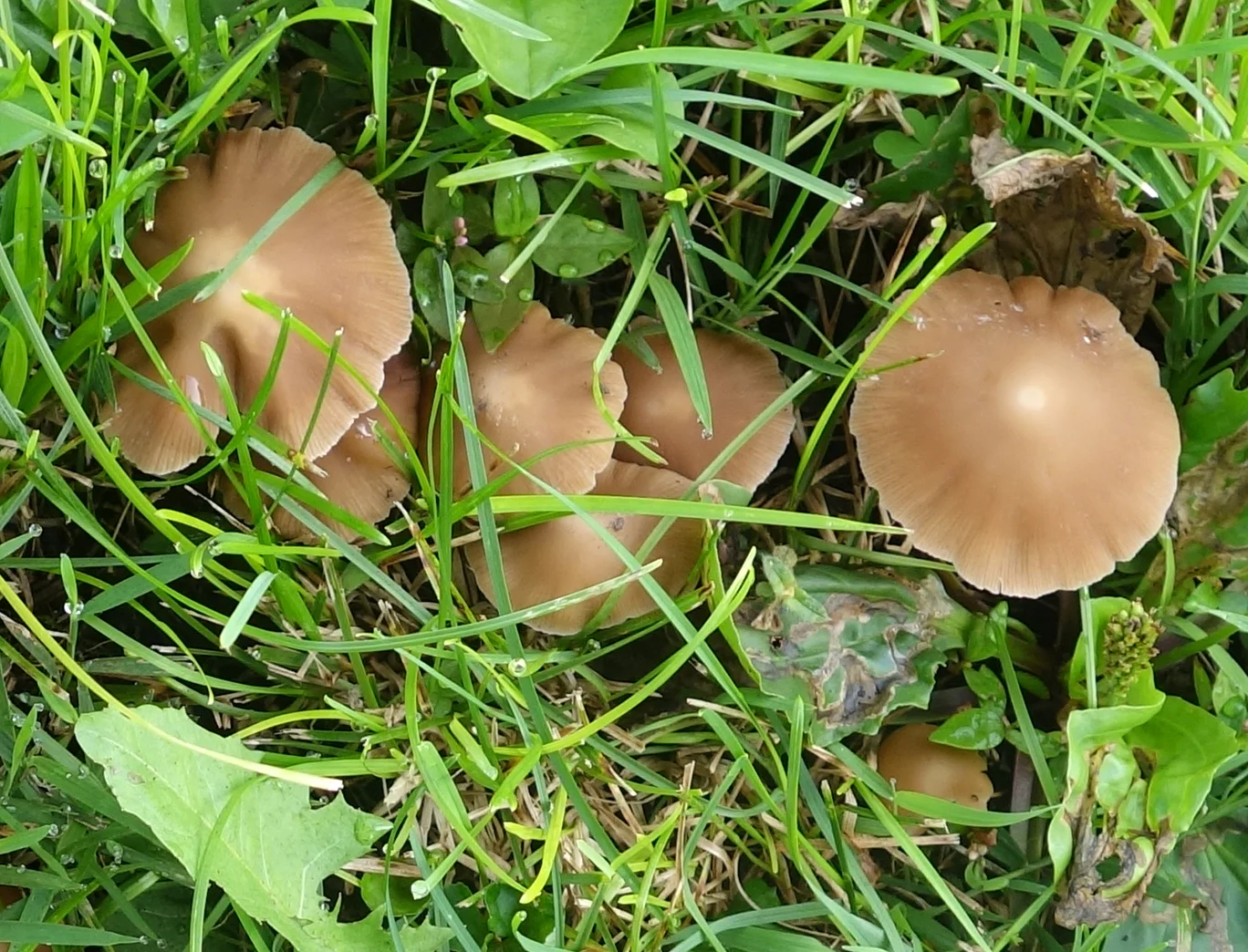Concordia High School in Concordia, KS, one of my alma maters, has repeatedly invited me to connect with its students and share my love of art, nature, conservation, and higher education with them.
Radio host Loren Swenson reached out to me recently to once again highlight my journey and reflect on my time at CHS in another KNCK “Alumni Moment” segment which air during halftime at sports events; this one was played during a basketball game on Friday, February 7, 2025.
Below is a screenshot link to the recording on ncktoday.com on its general Talk Show page, but there’s no individual link so as more shows get added, it’ll be harder to find this specific show recording. I’ve therefore downloaded the audio file and then uploaded it at the bottom of this blog post so that this post will continue to make this recording easily accessible! As an FYI, the beginning of the recording suffers a little from compression/feedback issues, but it smooths out pretty quickly.


